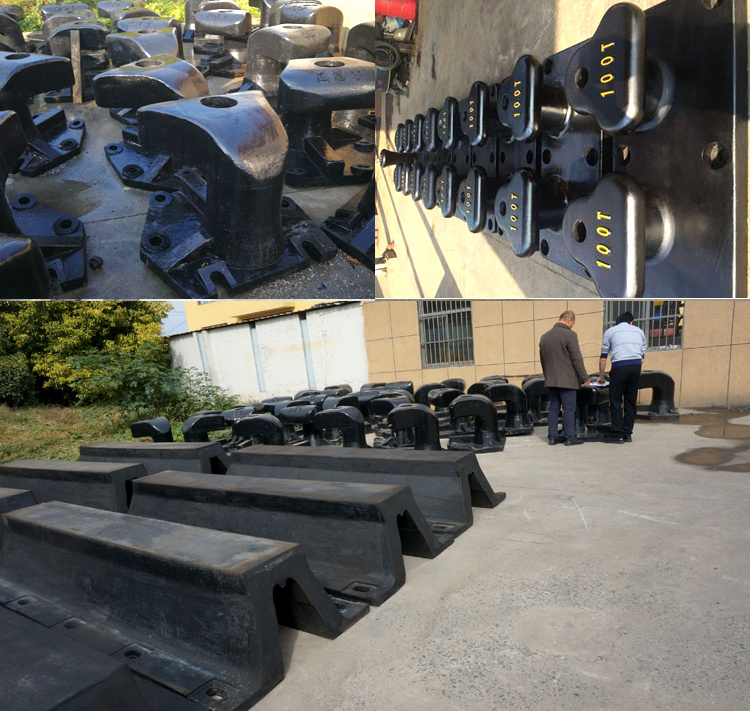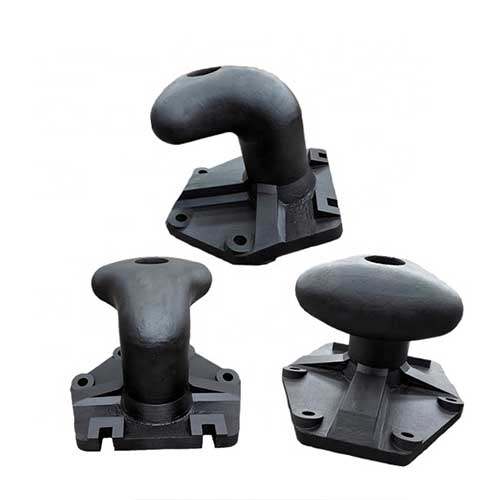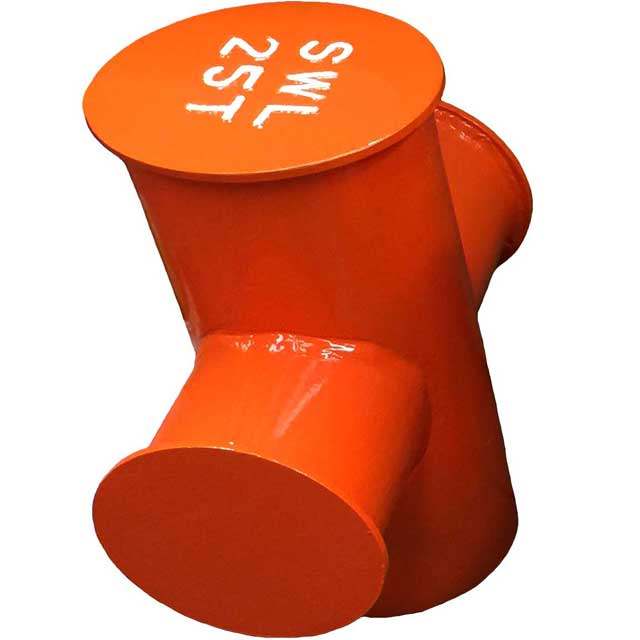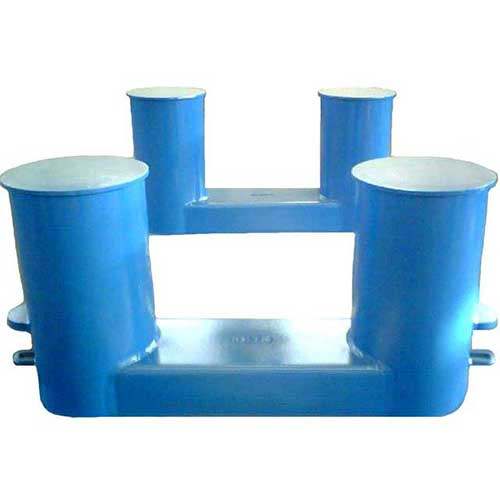Innovations in Marine Mooring Bollard Design
The design and performance of vital infrastructure in the maritime industry are changing dramatically, with a special emphasis on marine mooring bollards. These unseen but vital components serve an important role in attaching vessels to docks, piers, and quays, guaranteeing safe and efficient marine operations. In recent years, a wave of innovations has revolutionized traditional marine mooring bollard design, ushering in a new era of marine infrastructure efficiency, safety, and sustainability.

1. Materials Revolution in Marine Mooring Bollard Design
The use of sophisticated materials is one of the most significant breakthroughs in maritime mooring bollard design. Traditional bollards were frequently built of cast iron or steel, which corroded and deteriorated over time owing to the harsh sea surroundings. Modern bollards now utilize corrosion-resistant materials such as stainless steel, aluminum alloys, and composite materials. These materials not only enhance durability but also contribute to a longer lifespan and reduced maintenance requirements.
2. Integrated Technology in Marine Mooring Bollard Design
The use of smart technology has resulted in a paradigm shift in the operation of marine mooring bollards. Sensors and monitoring systems give real-time data on parameters like as tension, weather conditions, and vessel movement in innovative designs. This information enables more accurate control over mooring operations, lowering the likelihood of accidents and improving overall safety.
3. Adjustable and Dynamic Marine Mooring Bollard Design
Traditional bollards provided a static mooring system that frequently required manual adjustments to accommodate shifting vessel sizes and tide conditions. Modern mooring bollard designs now include dynamic and changeable features that can tolerate varying loads and environmental circumstances. Mooring lines can be automatically adjusted using hydraulic or pneumatic systems, ensuring a secure and adjustable connection between vessels and docks.

4. Energy Harvesting Solutions in Marine Mooring Bollard Design
In a nod towards sustainability, some innovative marine mooring bollard designs now incorporate energy harvesting technologies. These bollards can harness energy from natural sources such as wave and tidal movements, converting it into power for onboard sensors or nearby infrastructure. This not only reduces the reliance on external power sources but also aligns with the growing emphasis on environmentally conscious maritime practices.
5. Quick Release Mechanisms in Marine Mooring Bollard Design
In emergency situations or during rapid loading and unloading operations, the ability to release mooring lines swiftly is critical. Innovations in quick-release mechanisms for mooring bollards have become a focal point. These systems, often remotely operated, enable rapid disengagement of mooring lines, enhancing operational efficiency and emergency response capabilities.
6. Customization for Specialized Applications in Marine Mooring Bollard Design
The diversity of vessels and maritime activities requires flexibility in mooring solutions. Innovations in bollard design now cater to specialized applications, such as cruise ship mooring, offshore platform support, or container ship berthing. Customized marine bollard designs address specific challenges posed by different types of vessels and operational requirements.

7. Augmented Reality for Navigation in Marine Mooring Bollard Design
The incorporation of augmented reality (AR) into the design of marine mooring bollards improves navigation and mooring procedures. AR systems can provide visual overlays to help captains and crew members correctly align vessels with mooring points. This not only lowers the possibility of human error, but also speeds up the anchoring process, which is especially important in difficult situations.
8. Artistic and Aesthetic Designs in Marine Mooring Bollard Design
Aside from utilitarian enhancements, some bollard designs are aesthetically pleasing, contributing to the visual appeal of ports and waterfronts. Not only can artistic and personalized designs serve functional functions, but they also improve the overall mood of nautical areas.

Conclusion
As the maritime industry evolves, advances in marine mooring bollard design play an increasingly important role in molding the future of port operations, vessel safety, and overall efficiency. The employment of sophisticated materials, smart technologies, and environmentally responsible solutions demonstrates a dedication to satisfying the needs of a dynamic and environmentally concerned maritime landscape. Marine mooring bollards are no longer merely anchors for vessels; they are anchors for advancement, safety, and sustainability on the high seas, thanks to these innovations.


